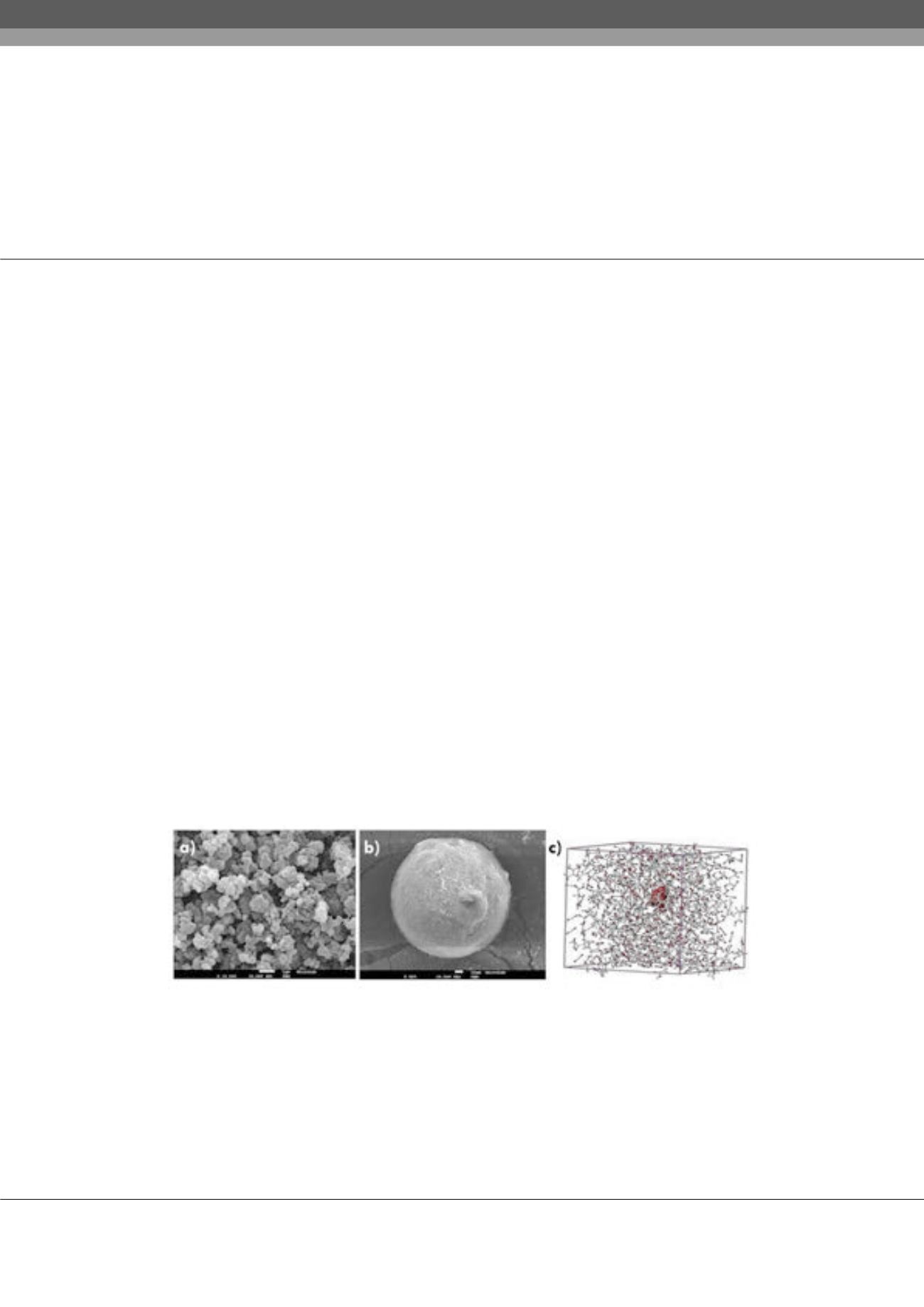

Volume 3, Issue 2 (Suppl)
Trends in Green chem
ISSN: 2471-9889
Environmental & Green Chemistry 2017
July 24-26, 2017
Page 78
5
th
International Conference on
6
th
International Conference on
July 24-26, 2017 Rome, Italy
Environmental Chemistry and Engineering
Green Chemistry and Technology
&
Green design of lock-and-key affinity devices to address API purification challenges
Raquel Viveiros
1,2
, William Heggie
2
and
Teresa Casimiro
1
1
Universidade NOVA de Lisboa, Portugal
2
Hovione FarmaCiencia, Portugal
Statement of the Problem:
Pharmaceutical industry spends a very significant amount of its financial resources in API (Active
Pharmaceutic Ingredients) purification processes to comply with impurity limits imposed by regulatory agencies (FDA and EMEA).
To address this worldwide demand, several purification materials have been proposed, such as molecular imprinted polymers (MIPs).
These lock-and-key affinity materials can be produced by different conventional approaches. In the last years, the use of the Green
Chemistry principles has changed the way polymers can be produced. Green technologies applied to MIP development are appearing
not only due the environment issues but also by the features of the final product and cost-effective production from the point of view
of industry. MIPs have been developed in our lab using supercritical carbon dioxide (scCO
2
) technology. These affinity materials have
been obtained for wide range of applications, namely pharmaceutical impurity removal, enrichment of natural products, removal of
contaminants from diesel and fromwater ressources. Lock-and-key affinity materials are obtained as ready-to-use and easy-to-handle
dry-powders of homogenous particle sizes, without organic solvent residues.
Methodology &Theoretical Orientation:
With the aim of achieving lock-and-key affinity materials to address efficiently API pharma
demand, several strategies were explored using scCO
2
(Figure 1). Herein we show three case studies, including (i) the synthesis of
high affinity polymers for API impurity; (ii) the production of large core-shell affinity beads for gravity-driven purification processes
and (iii) the use of computational tools to perform the rational design and optimization of the affinity materials, in which the CO
2
was
introduced for the first time as the solvent in the molecular modelling simulations, for a cheaper and less time-consuming processes.
Conclusion & Significance:
The affinity materials produced in scCO
2
are obtained in a green way, bringing advantages to the process
itself such as by reducing the use of organic solvents, and mechanical crushing and sieving compared to conventional processes, as
well as to advantages over other affinity molecules such as antibodies and enzymes: they are stable over harsh pH, pH and temperature
conditions, they are reusable and robust, whilst obtained in high purity and ready-to-use. In addition, results obtained in the 3
examples mentioned above revealed a good performance in API impurity removal. We also show that computational approaches are
an added-value tool and key advantage in the rational design of the best affinity systems when using a green technology, avoiding hard
and time-consuming screening methodologies and consequently reducing time and organic solvents consumption.
Figure 1:
Different approaches on lock-and-key affinity devices for API purification.
Biography
Raquel Viveiros is finishing her PhD project in Sustainable Chemistry in collaboration between NOVA University of Lisbon and a pharmaceutical company Hovione.
She performed a short training ship at the Prof. Sergey Pilestky´s Biotechnology group at University of Leicester on solid-phase synthesis and molecular modeling
systems. She also worked as Research Fellow in the several projects related to the development of affinity devices for different applications. Her multidisciplinary
professional background covers green chemistry, organic and analytical chemistry, molecular recognition, molecular imprinting, process development, and
pharmaceutical purification processes. In addition, last year she was team member of COHiTEC 2016, a training program in technology commercialization.
rfv17327@campus.fct.unl.ptRaquel Viveiros et al., Trends in Green chem, 3:2
DOI: 10.21767/2471-9889-C1-002
















